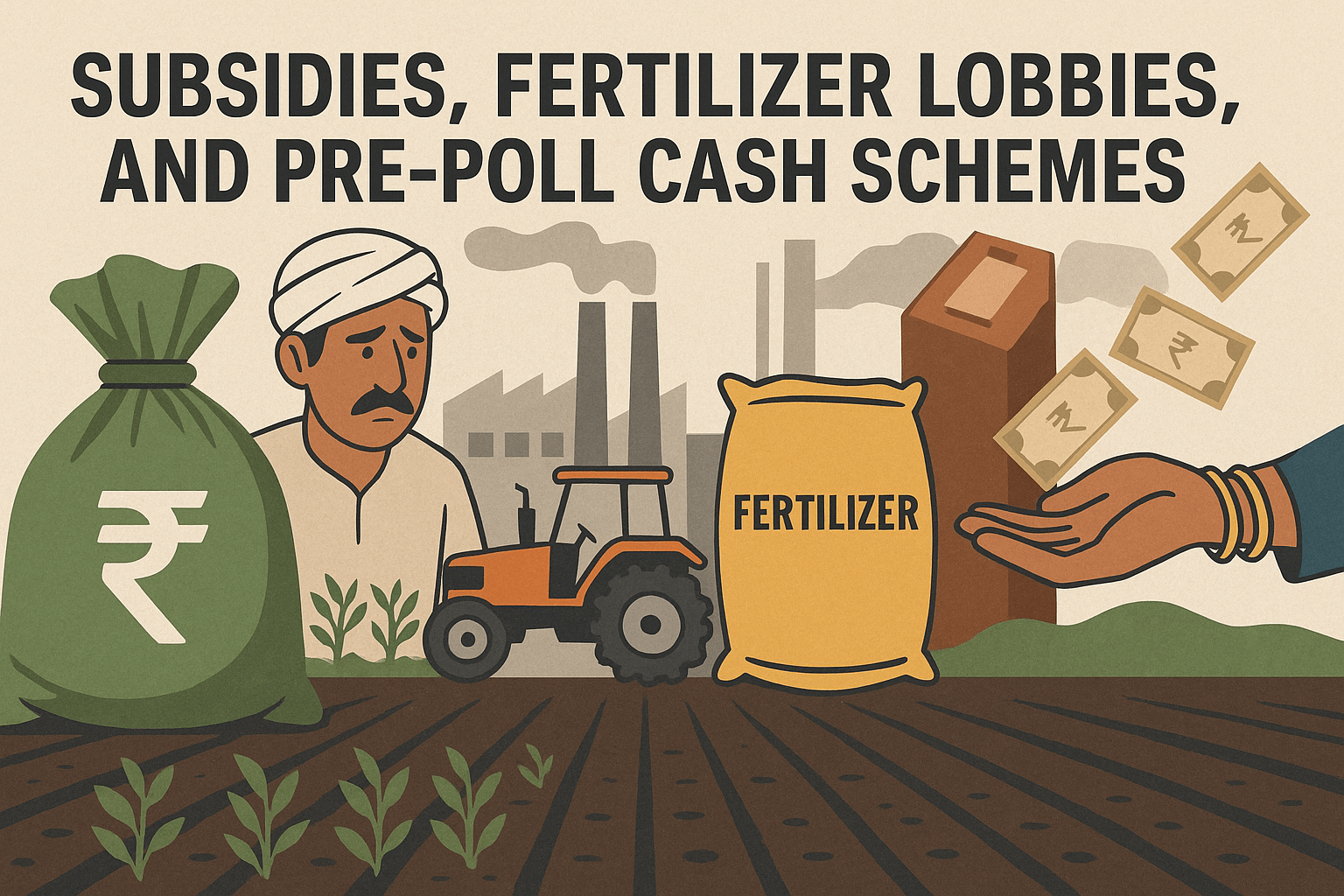In a move to promote sustainability in agriculture, the central government of India has introduced a new regulatory framework for agroforestry. Agroforestry combines agriculture and forestry practices to create more sustainable land-use systems. This approach not only benefits farmers but also helps the environment. By integrating trees with crops or livestock, farmers can improve soil health, increase biodiversity, and enhance their income.
The new framework aims to simplify the process for farmers to adopt agroforestry practices. It provides guidelines for selecting appropriate tree species, managing agroforestry systems, and accessing financial support. This initiative is part of the government’s broader efforts to combat climate change and promote sustainable agricultural practices.
One of the key benefits of agroforestry is its ability to improve soil quality. Trees help to prevent soil erosion, increase organic matter, and enhance nutrient cycling. This results in healthier crops and higher yields for farmers. Additionally, agroforestry systems can provide farmers with additional income sources, such as timber, fruits, and nuts, diversifying their revenue streams.
Moreover, agroforestry plays a vital role in mitigating climate change. Trees absorb carbon dioxide from the atmosphere, helping to reduce greenhouse gas emissions. They also provide shade and shelter, which can protect crops from extreme weather conditions like droughts or heavy rains.
Farmers can also benefit from government schemes that support agroforestry. These schemes may include financial assistance for planting trees, training programs on best practices, and access to markets for selling agroforestry products. By participating in these programs, farmers can improve their livelihoods while contributing to environmental sustainability.
However, the success of agroforestry depends on several factors. Farmers need access to quality seeds and saplings, as well as knowledge about how to manage their agroforestry systems effectively. Therefore, the government must ensure that resources and training are available to farmers.
Additionally, collaboration among farmers, government agencies, and agricultural experts is crucial. By working together, they can share knowledge, experiences, and best practices, leading to more successful agroforestry initiatives across the country.
In conclusion, the government’s new regulatory framework for agroforestry is a positive step towards promoting sustainable farming in India. By supporting farmers in adopting agroforestry practices, the government is not only enhancing agricultural productivity but also contributing to environmental conservation and climate change mitigation. It is essential for all stakeholders to work together to ensure the successful implementation of this initiative, ultimately benefiting both farmers and the environment.




